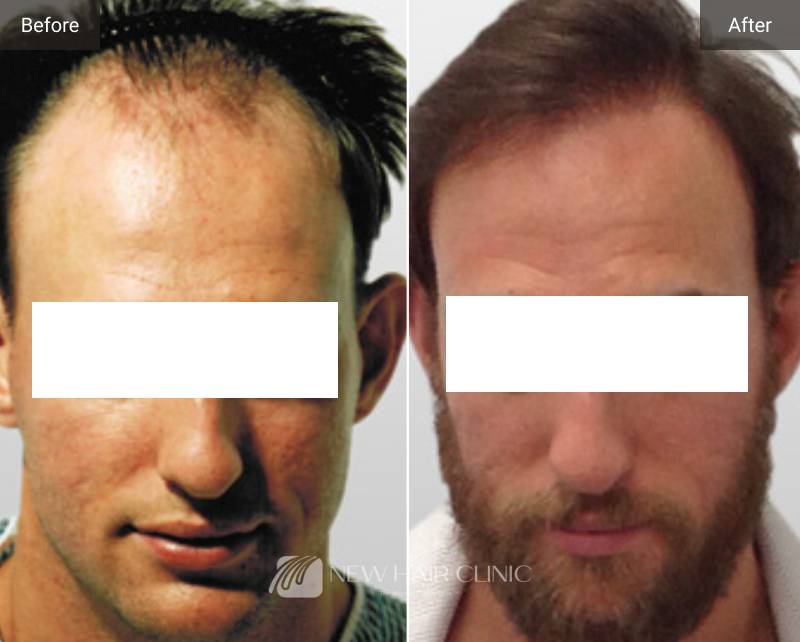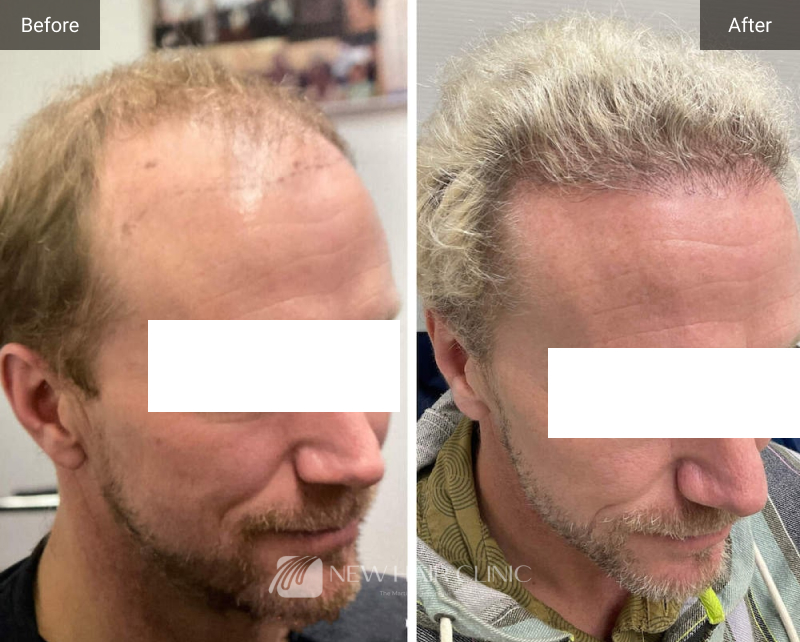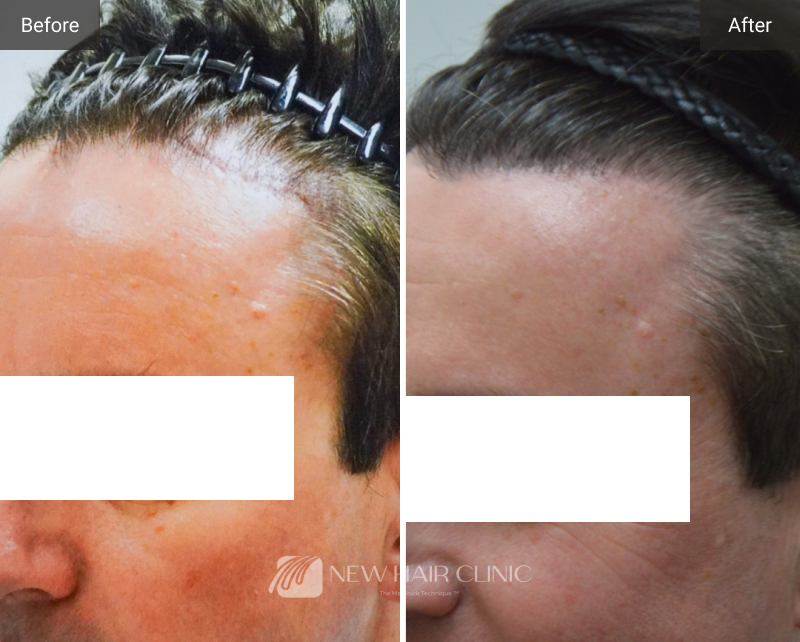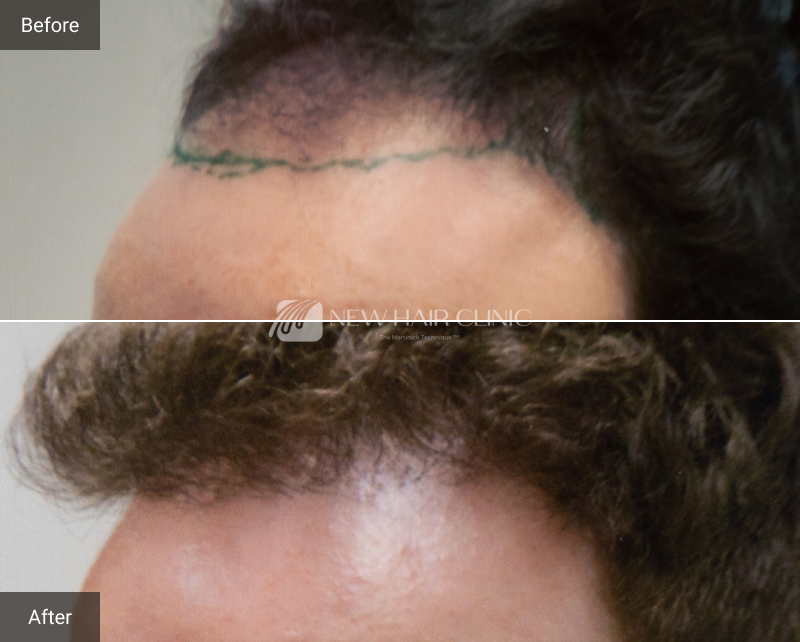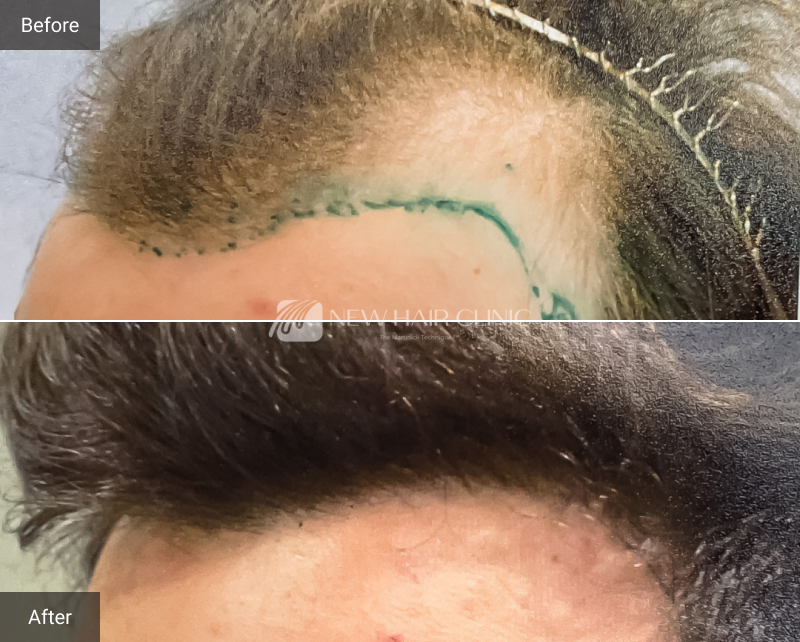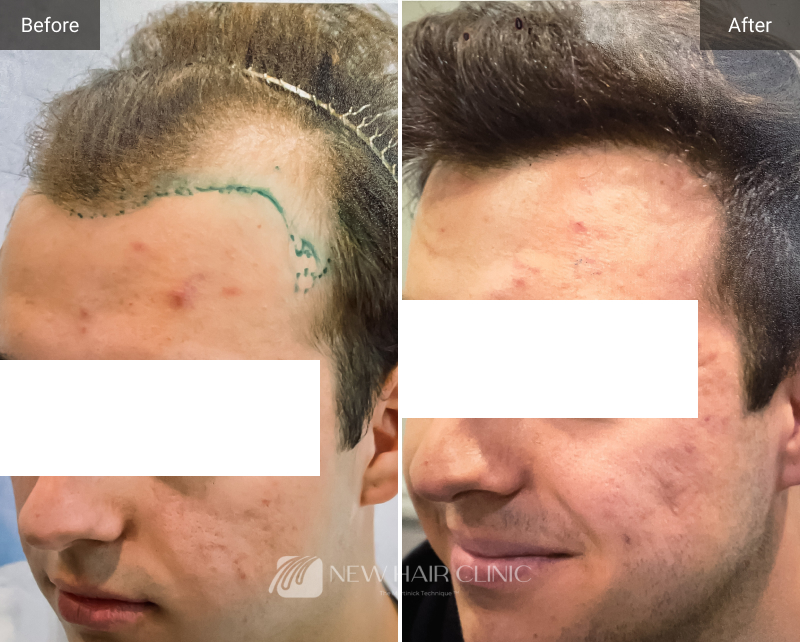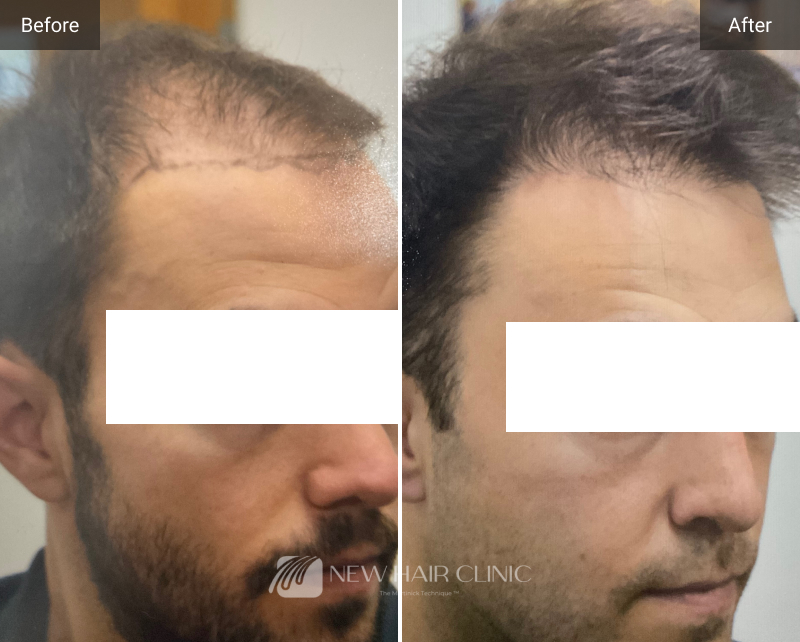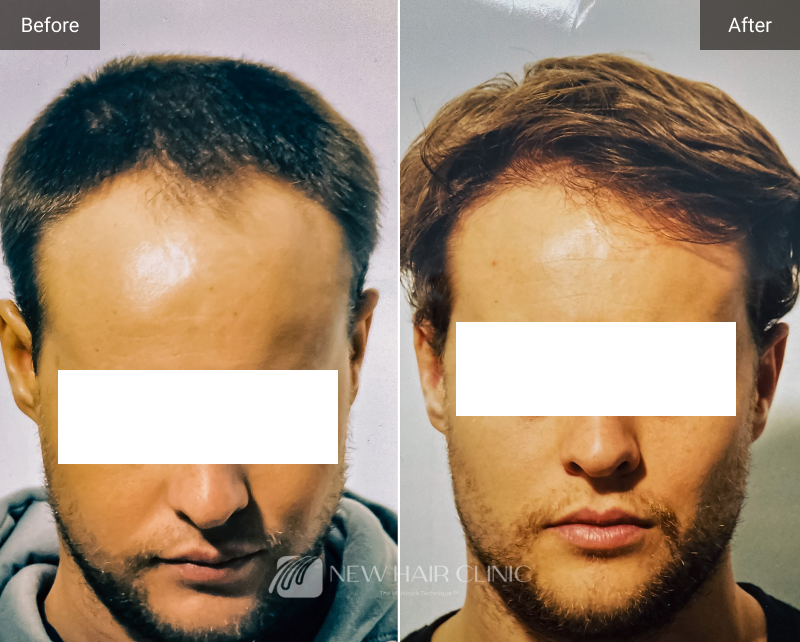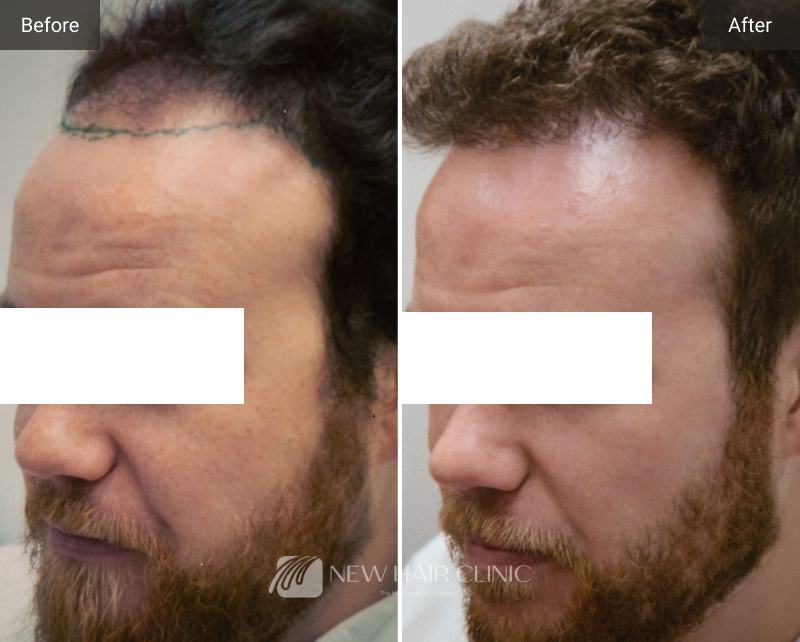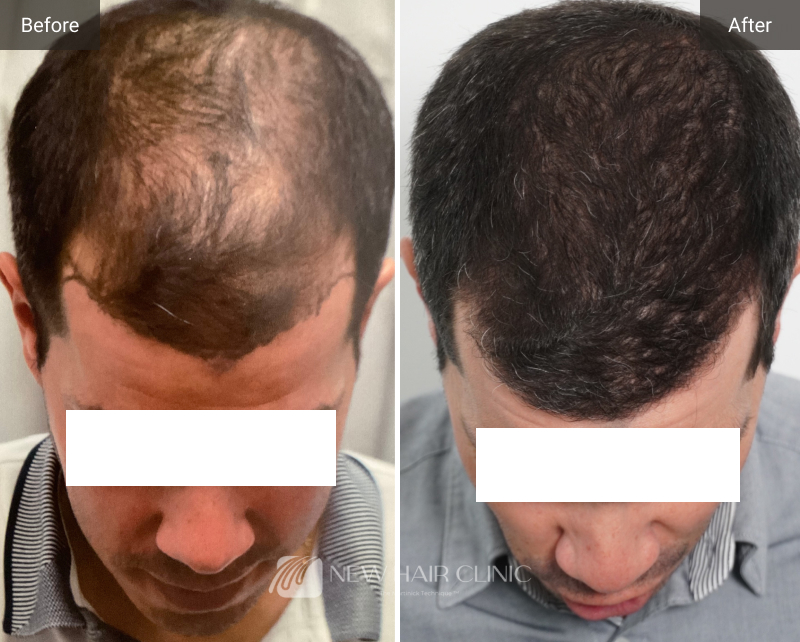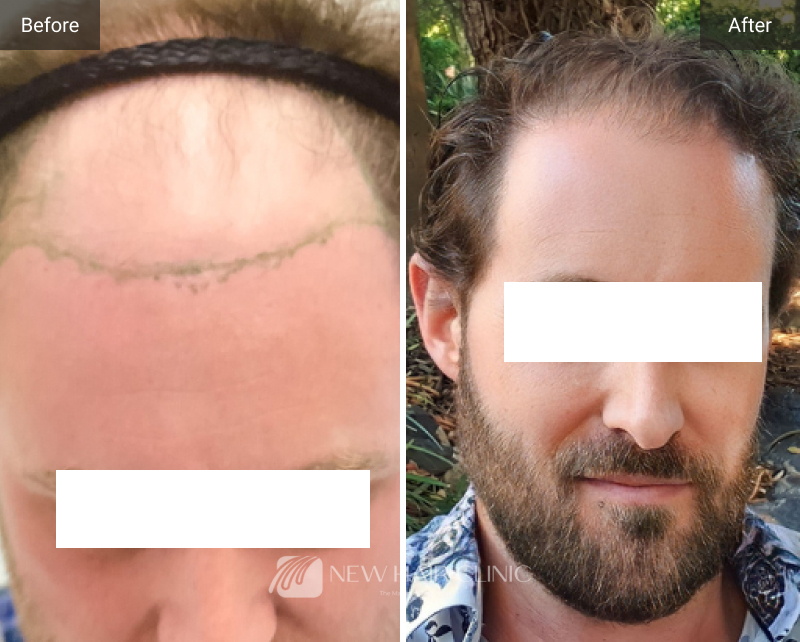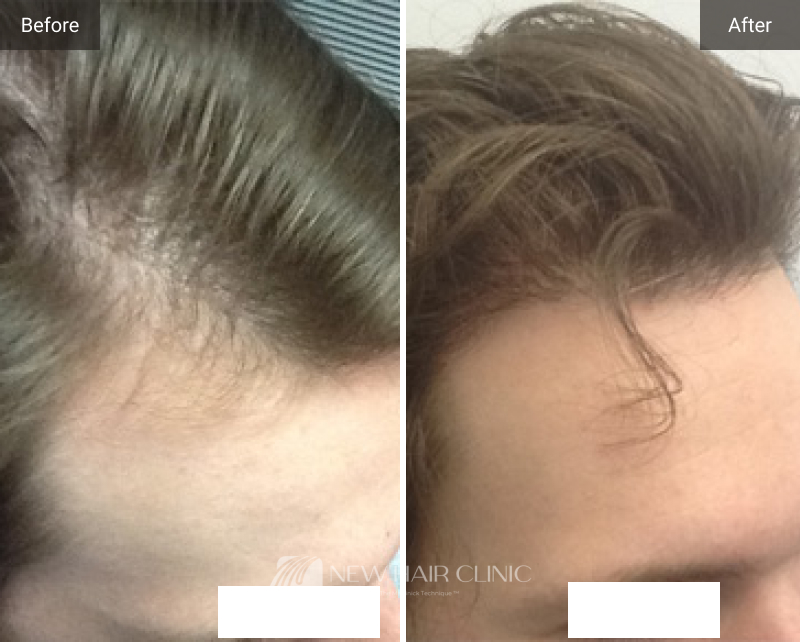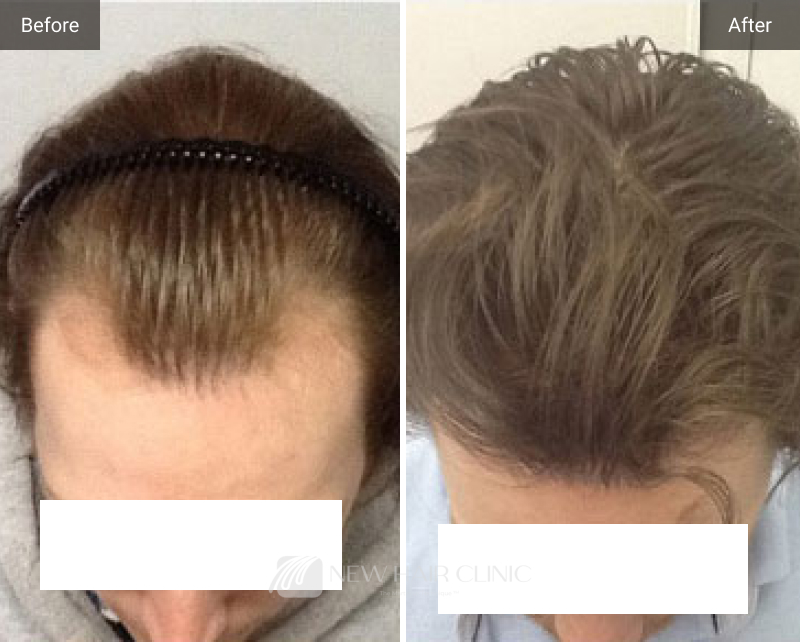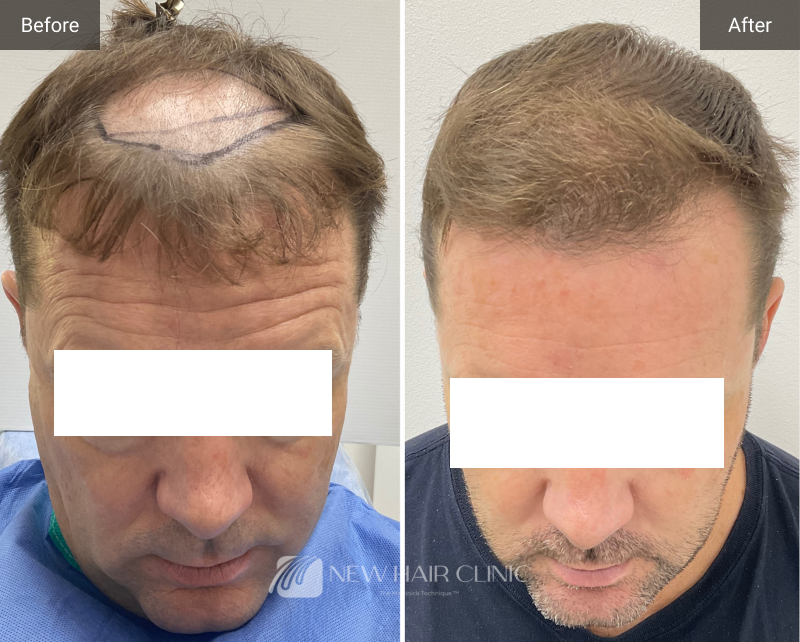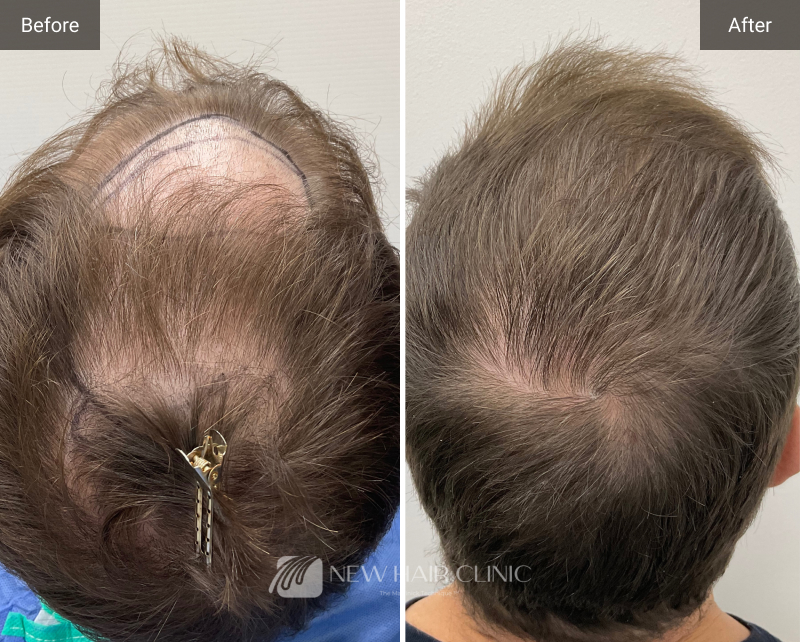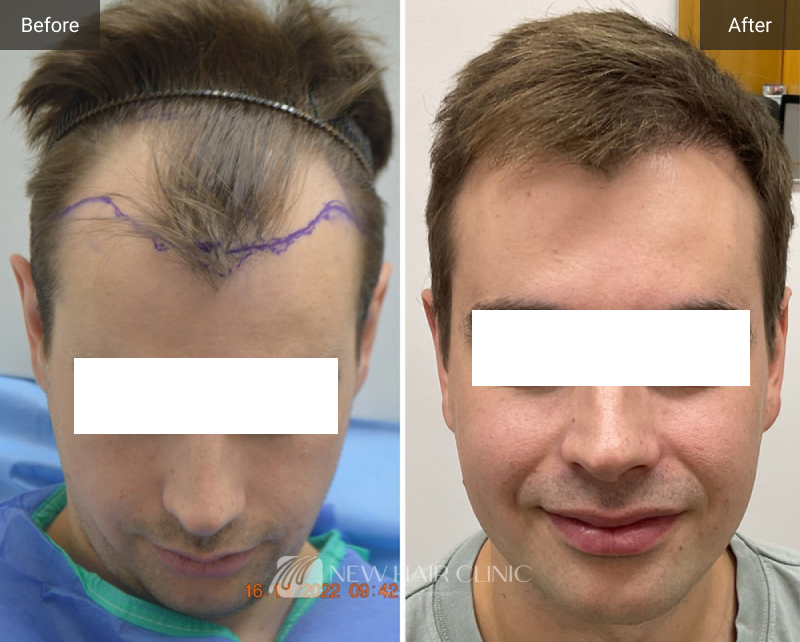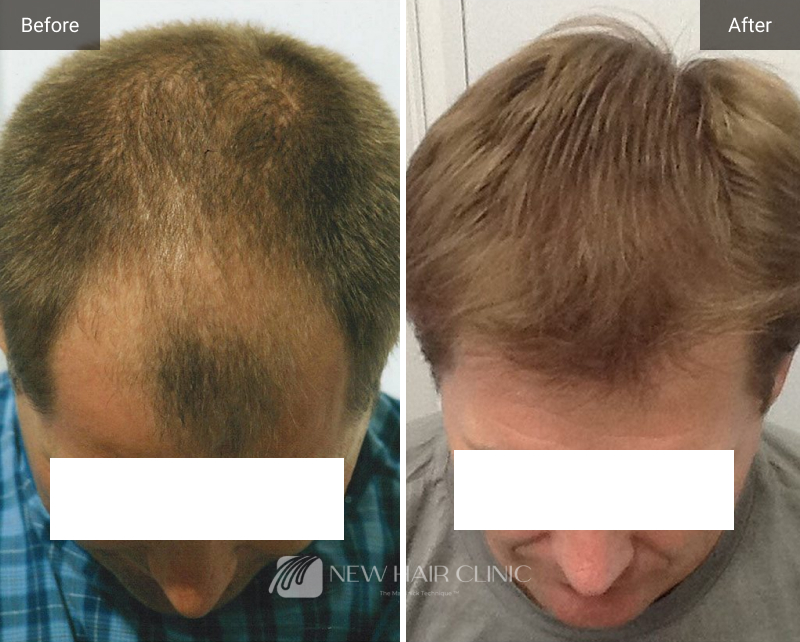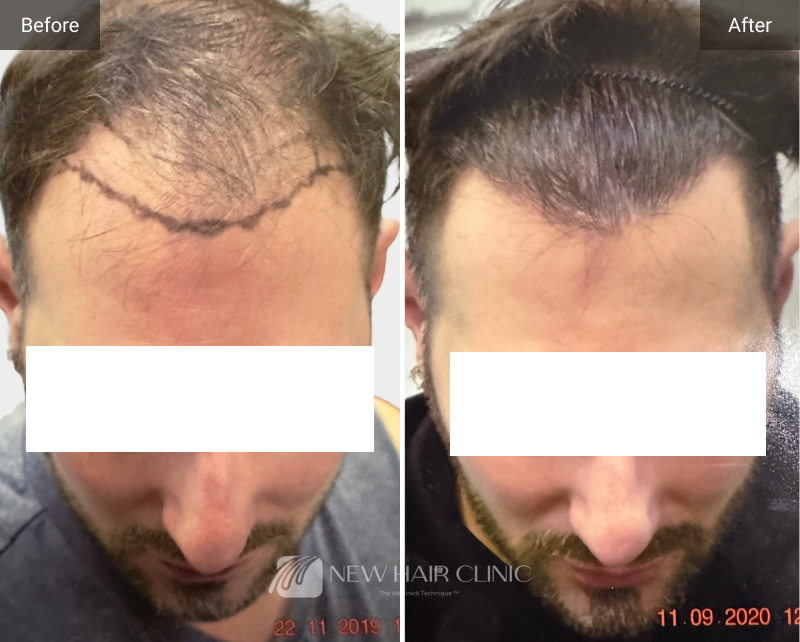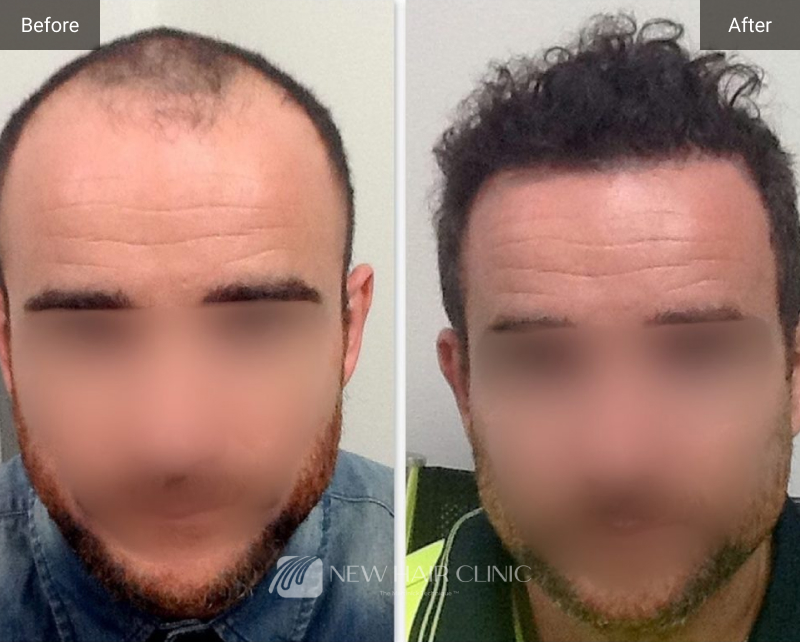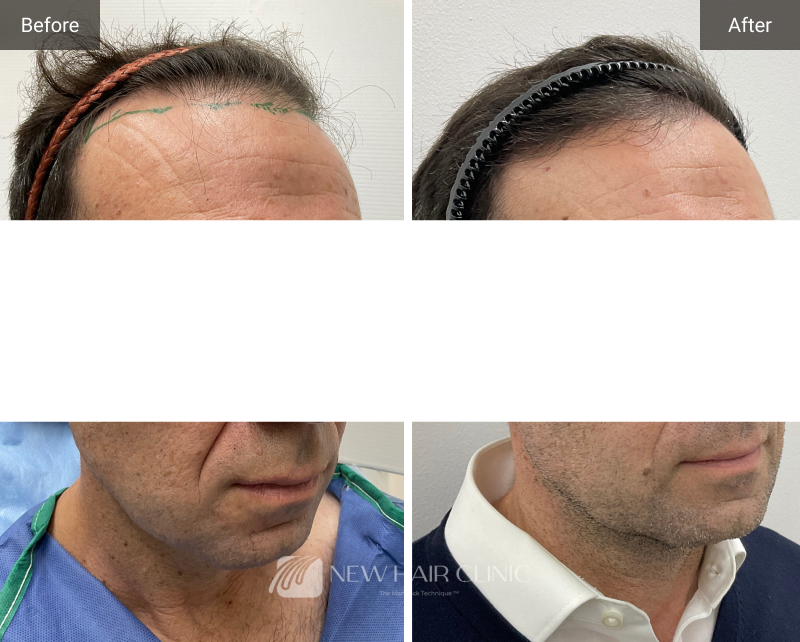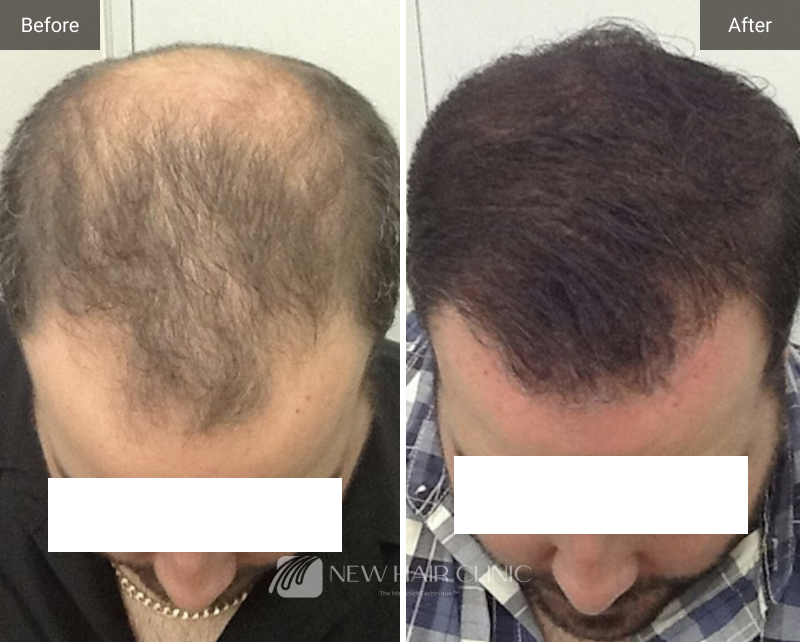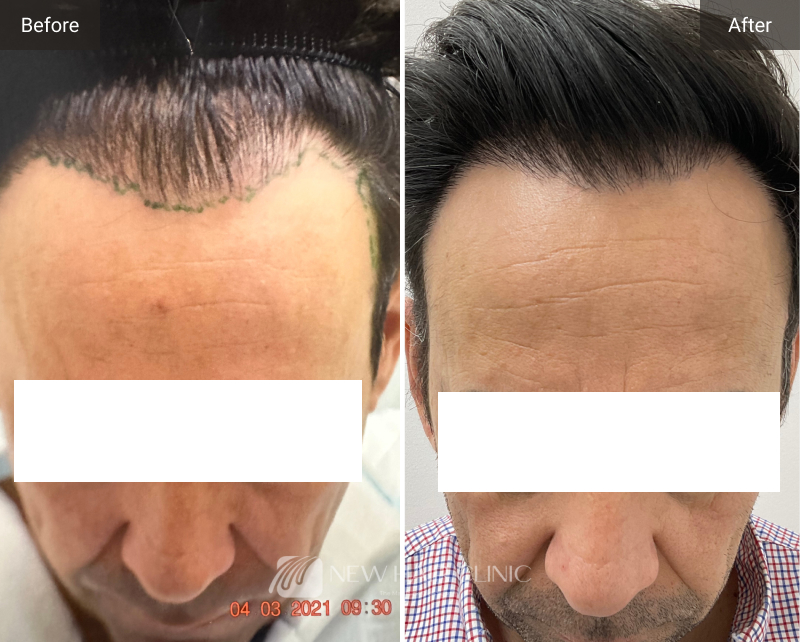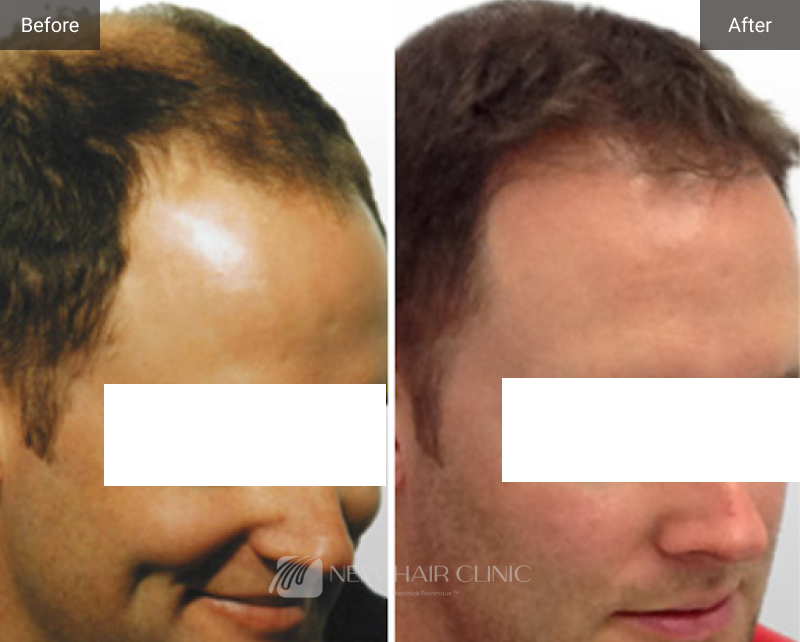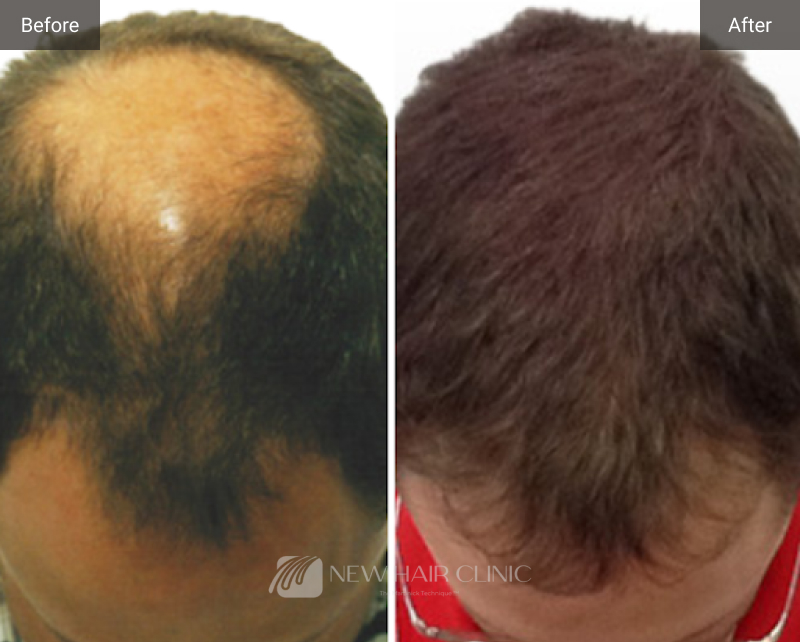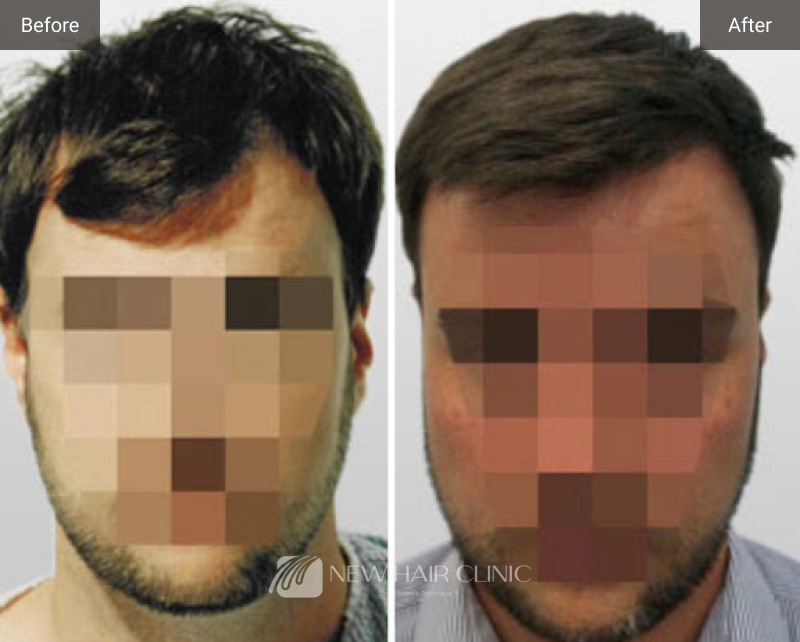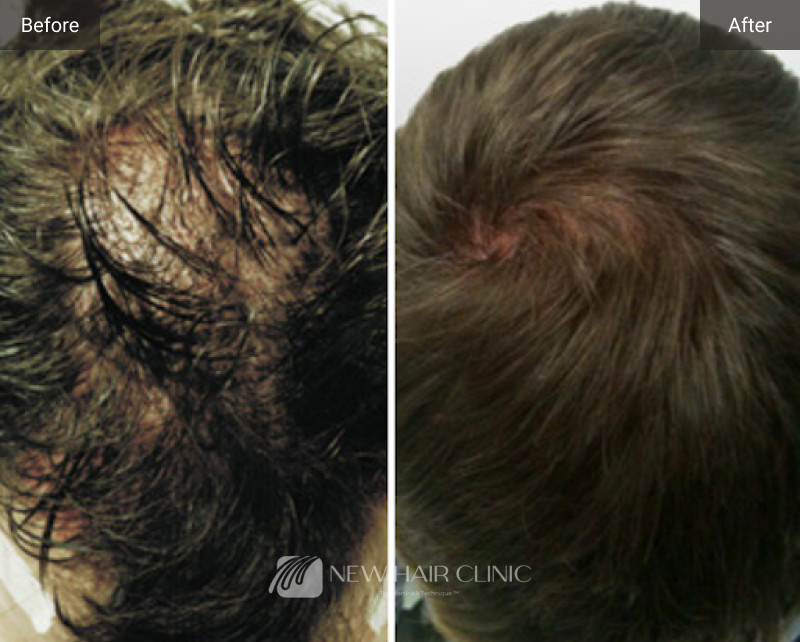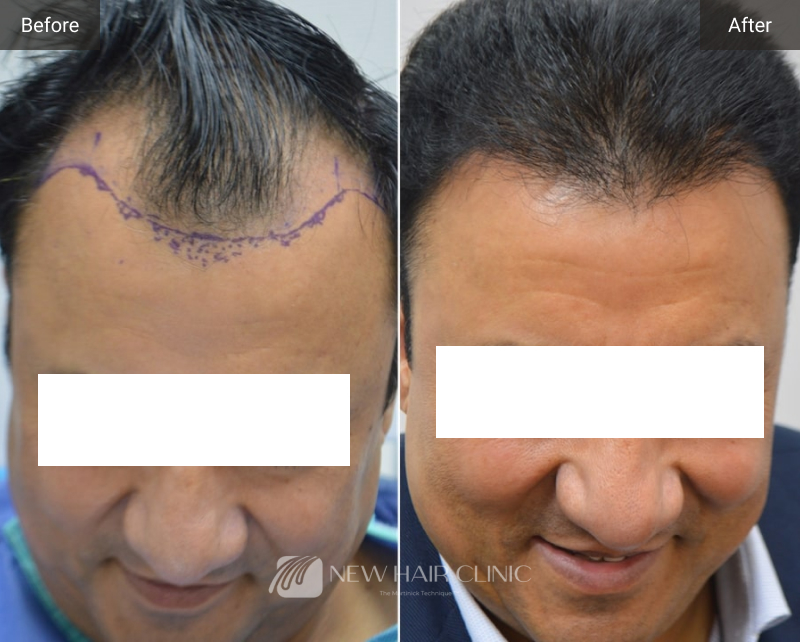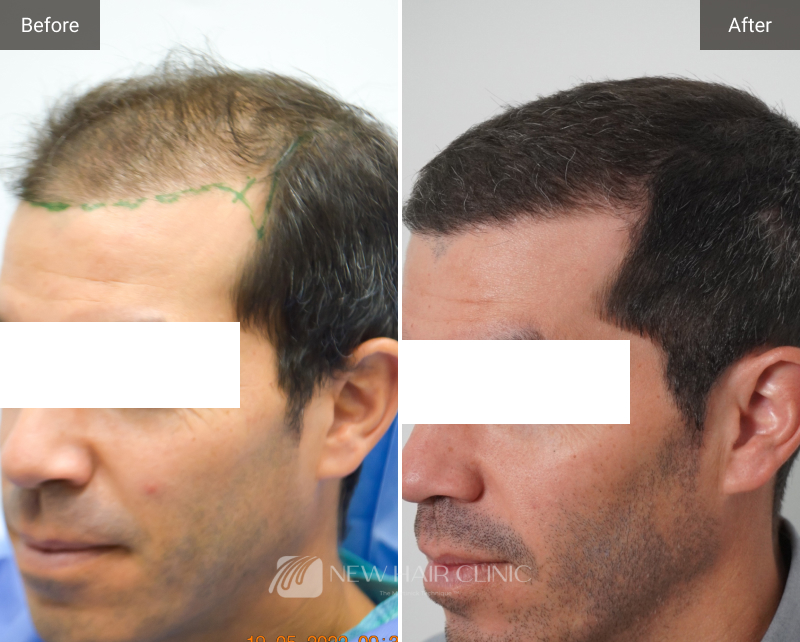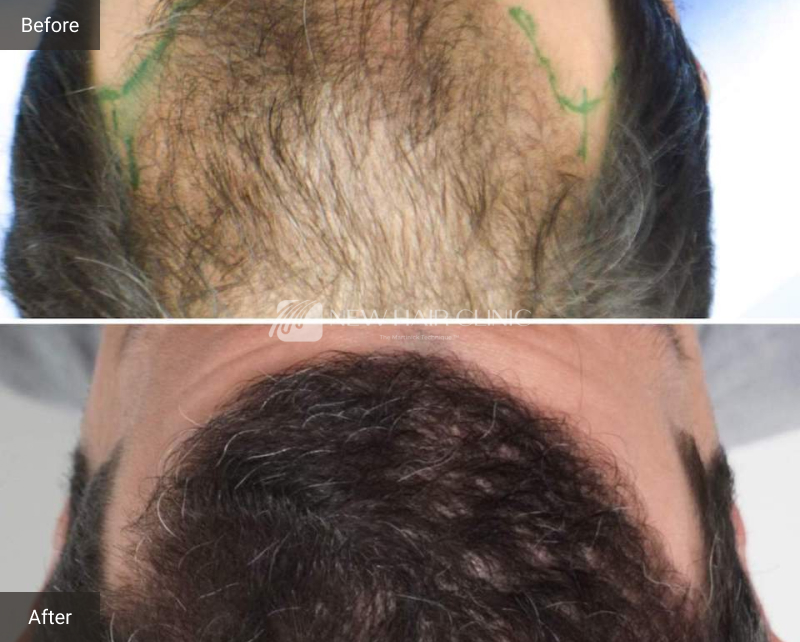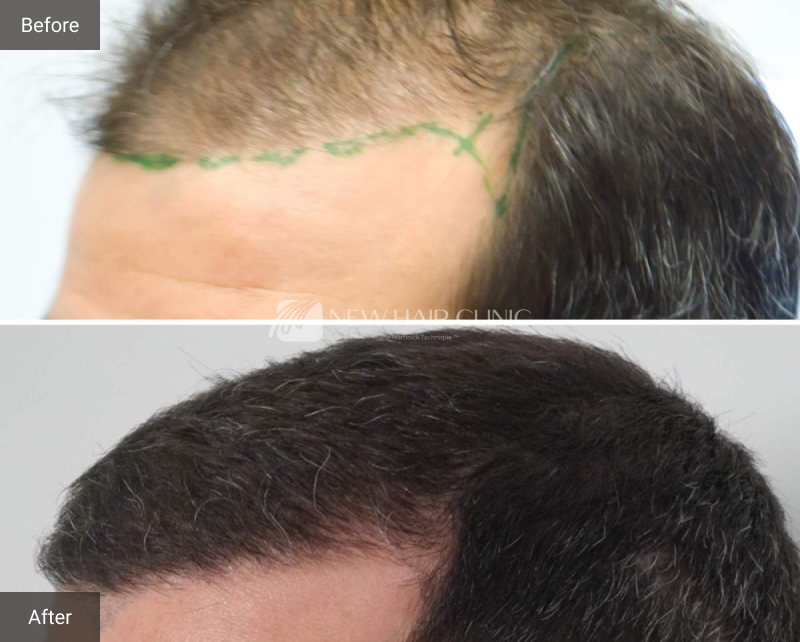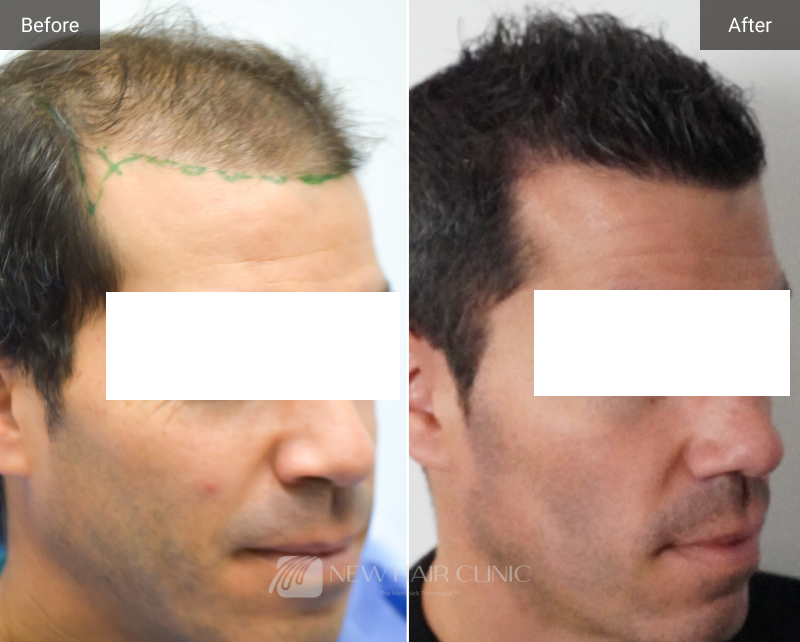90,000+ HAIR TRANSPLANTS
OVER 30+ YEARS
MEET WITH A HAIR TRANSPLANT
DOCTOR, NOT A SALES PERSON!
ONLY FULLY DOCTOR OWNED AND LED HAIR TRANSPLANT CLINIC IN AUSTRALIA
The Only Permanent Solution
For Genetic Hair Loss
Are you considering a hair transplant in Perth? New Hair Clinic stands at the forefront of innovative transplant techniques, delivering unparalleled results characterised by thicker, natural-looking hair. Our specialist hair transplant doctors perform FUE and FUT techniques, leveraging advanced methods, ongoing research, and extensive training for men and women with thinning hair.
Our gold standard procedures, ensure the most natural look by meticulously transplanting donor follicles and individualising treatments for each patient.We offer flexible payment plans for your hair restoration procedure.
What We Can Treat With A Hair Transplant?
- Male pattern baldness, called androgenic alopecia
- Female pattern hair loss, also known as androgenic alopecia
- Scars from previous surgeries or injuries
- Eyebrow restoration
- Beard and facial hair restoration
- Individuals undergoing gender-affirming procedures may seek hair transplantation to achieve their desired masculine or feminine hairline, helping them align their physical appearance with their gender identity
Wondering if Hair Transplantation
is Right For You? Find Out Today
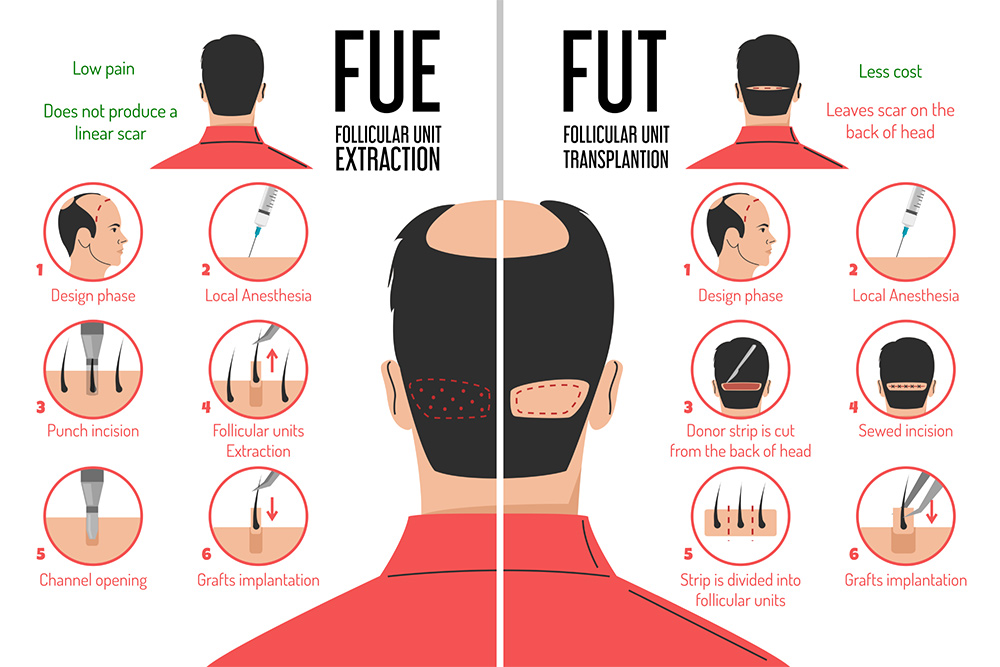
What Are Our Hair Transplant Procedures?
At our perth hair clinic, we offer both the FUT hair transplant method and the FUE hair transplant method for patients with noticeable thinning or bald spots to produce the most natural hairline and quick recovery.
FUT (Follicular Unit Transplantation)
In the FUT procedure, a strip of scalp containing healthy hair follicles is surgically removed from the donor area and dissected into individual follicular units for transplantation. This type of hair transplant has a slightly higher risk of scarring.
FUE (Follicular Unit Extraction) Technique
The FUE procedure involves extracting individual follicular units directly from the donor area using a specialised punch tool. This type of hair transplant tends to have a faster recovery time and minimal risk of a visible scar.
Benefits Of Having A
Hair Transplant In Perth
- Permanent solution to hair loss
- Natural-looking results that mimic your own hair
- Customisable design to complement your facial features
- Minimal downtime and discomfort
- Low maintenance post-treatment
Natural Looking Results From Our Perth Hair Transplant Clinic
Transplanted hair follicles grow just as your own hair does. You can style it, wash it, play sports and swim just as you would with your own hair. Transplanted hairs offer a permanent solution to hair loss because the transplanted hair is resistant to dihydrotestosterone (DHT), the hormone that causes hair loss.
Transplantation has evolved remarkably over the past decade, however not all hair transplants are created equal. When performed by the right surgical hands, hair transplantation delivers results so natural in appearance it is difficult to detect to the untrained eye.
Along with the natural appearance, the health and growth of the new hair is dependent on the doctor’s surgical skills, experience and proven ability to ensure the donor hair completely replicates your own hair. Ensure you access the highest available standards in hair transplantation by finding out about the:
- Experience and track record of the doctor who will perform the procedure
- Standard of the clinic’s facilities
- Training of the supporting surgical team
- Surgical techniques used by the transplanting doctors.
Who Is A Good Candidate For Hair Restoration In Perth?
- Individuals experiencing hair loss due to genetic factors, trauma, or medical conditions
- Those seeking a permanent solution for hair restoration
- Candidates with realistic expectations for hair restoration and good overall health
Why Choose Us For Your Hair Loss Treatment In Western Australia?
As a doctor-led hair clinic dedicated to the most innovative, proven hair loss treatments and techniques, New Hair Clinic is one of the best hair clinics in Perth for your hair loss treatment or hair transplants. Our friendly team has extensive experience and offers unparalleled expertise, effective treatments, flexible financing, and natural-looking results that can last a lifetime.
With over 25 years of experience and 90,000+ successful hair transplants, our skilled team is dedicated to helping you reach your goals.

Treatment Process
Consultation
During the initial consultation, patients meet with a medically-trained and experienced hair specialist to discuss their goals, concerns, and medical history. Your hair doctor will evaluate your hair loss pattern, donor hair availability, and scalp condition to determine if you are the right candidate for either hair transplant type.Detailed information about the transplant process, expected outcomes, and potential risks are provided, allowing you to make an informed decision about your hair restoration journey. We can also discuss our flexible financing options for your procedure.
Treatment
On the procedure day, after receiving local anaesthesia for comfort, donor hair follicles are meticulously harvested from the scalp’s back using FUT or FUE methods, minimising scarring. Recipient sites are prepared, and follicles are transplanted, aligning with natural hair growth. The duration varies based on graft count and case complexity, typically lasting four to six hours.
Recovery
After the transplant, patients are provided with medications to manage any discomfort and detailed post-operative instructions. Sutures, if used, are typically removed two weeks after the transplant. You may experience some swelling, redness, and scabbing in the treated area, which gradually resolves over time.Generally, a follicular unit extraction offers faster recovery than a follicular unit transplant. It’s essential to follow the post-operative care instructions provided by your hair transplant doctor to ensure optimal healing and results.
Results
While new hair regrowth may start as early as four months after the hair restoration procedure, visible results are typically seen around six to nine months, with results becoming permanent at 12 months.The transplanted hair will continue to grow naturally and can be styled, washed, and treated like natural healthy hair.
Frequently Asked Questions
Will I have a consultation with a doctor?
Yes, all patients at our clinic in Perth undergo a consultation with an experienced hair transplant doctor to assess their hair loss concerns and develop a personalised treatment plan.
Where is the best place to go if I have hair loss?
New Hair Clinic is a leading Perth hair transplant clinic, offering a comprehensive range of both surgical hair transplant procedures and non-surgical hair loss treatment options from experienced hair transplant doctors.
Is there a minimum age requirement for hair transplant procedures?
Candidates for hair transplants and hair loss should be at least 18 or in their early twenties and have stabilised hair loss patterns.
What causes hair loss?
Hair loss can be caused by a variety of factors, including genetics, hormonal changes, medical conditions, stress, and lifestyle factors. At our Perth hair transplant clinic, we offer a wide range of hair transplant procedures as well as non-surgical treatment options including hair loss medications and laser therapy.
Are hair transplant procedures covered by insurance?
In most cases, hair transplant procedures are considered elective and are not covered by insurance. However, we offer flexible financing options to help make treatment more affordable for our patients.
How painful is a hair loss treatment?
Most hair loss treatments, including surgical hair transplants, are well-tolerated and involve minimal discomfort. At our hair loss treatment clinic, we use minimally invasive technology and local anaesthesia is used to ensure patient comfort during procedures.
Do you treat men and women for hair loss?
Yes, we offer hair restoration treatments for both men and women experiencing hair loss or thinning hair. Book a free consultation at our Perth clinic to find the best hair loss treatment for your needs and how we work to achieve a natural look. We also offer flexible financing options to suit your budget.
Ask Us a Question
Got a question? Want to book a consultation? You’re in the right place. Fill out the form and one of our specialists will be in touch soon. Prefer a phone call? Perfect, give us a call on (08) 9389 6000.

